Fallen painting or a shelf, which seemed to be hanging on the wall normally - a rather unpleasant case. What can we say about expensive equipment like a TV. But situations like this can be avoided. It is enough just to follow some rules for fastening and choose suitable dowel-nails, or anchors, for fixing. But about how to choose dowel-nails, what they can be and which of those offered by the manufacturer is better, today's article will tell.
Read in the article
- 1 What types of dowel nails can be found on the shelves
- 2 Double-leaf expansion dowel-nails
- 3 Driva - dowel-nails for drywall
- 4 Universal dowel-nails, their design and application
- 4.1 "Butterfly" and its features
- 4.2 Universal dowel-nails "carrot"
- 5 Finally
What types of dowel nails can be found on the shelves
The range of such products is wide enough. But it is the huge choice, paradoxically, that leads to the fact that inexperienced home craftsmen often acquire the wrong dowel-nails that are required. At first glance, it may seem that the fixation is reliable, but in reality it turns out that it is not.

Among the most commonly purchased, there are several types of nylon or propylene dowel nails:
- simple two-lobed, or spacer with thorns;
- universal ("carrot");
- "butterfly";
- Driva.
In fact, there are many more varieties of such fasteners, but the listed ones can be considered the basis. Let's try to figure out which materials are suitable for certain dowel-nails.
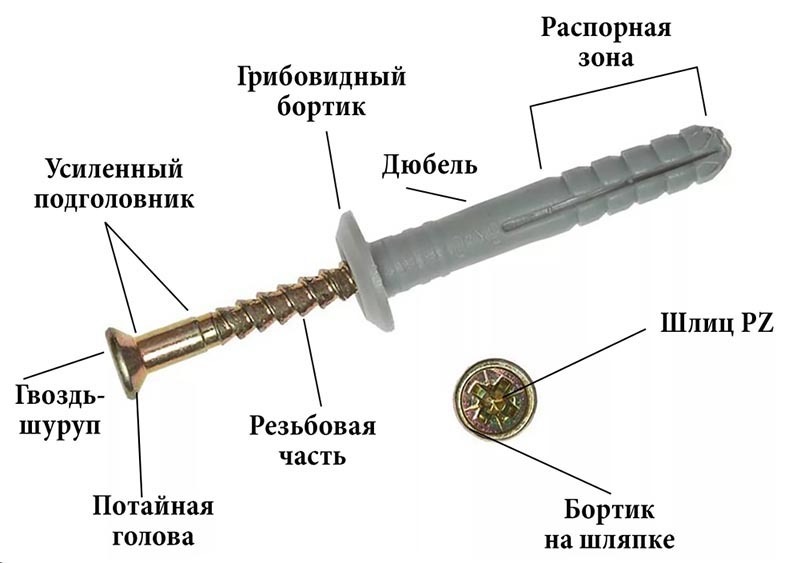
Double-leaf expansion dowel-nails
These are the most popular fasteners among DIYers. Their strength is quite large, they are often used even to fix the wall cabinets of the kitchen set. However, despite the fact that they can withstand the weight of the cabinets, experts do not welcome such a decision. However, here it is better to give preference to metal anchor bolts.

Two-blade nylon or propylene dowel-nails are suitable for fastening to a solid surface concrete or bricks. However, when entering the void while drilling, there is no reason to hope for a strong fixation.

Driva - dowel-nails for drywall
These dowel nails are not suitable for concrete and brick foundations. By design, they resemble plastic self-tapping screw, only thicker, with an increased auger width. It makes no sense to dwell on them in detail, tk. in everyday life, they are practically not used - with rare exceptions.
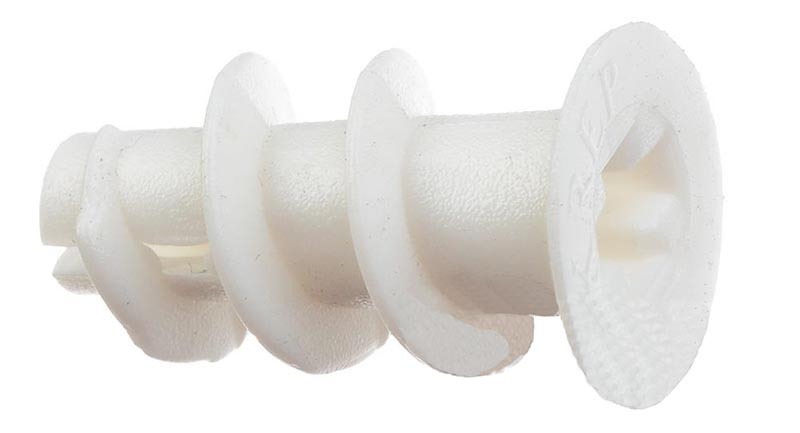
Universal dowel-nails, their design and application
Such fasteners are rightfully called universal. They can be used when working with drywall, concrete, brick, as well as in the case of voids in the base. Among the universal dowel-nails, two interesting types can be distinguished, slightly different in design - "butterfly" and "carrot".
"Butterfly" and its features
In appearance, the butterfly nail dowel differs slightly from the spacer. The thing is that its spacer part (some call it petals or protrusions - it doesn't matter) is made in the form of two parallel strips, and at the end there is a "washer" that unites them. When screwing in the self-tapping screw, the "washer" begins to attract, the strips open. It turns out that in a monolithic base they become a surprise, but in voids they take the shape of a butterfly (hence the name). As a result, the fixation is strong enough.
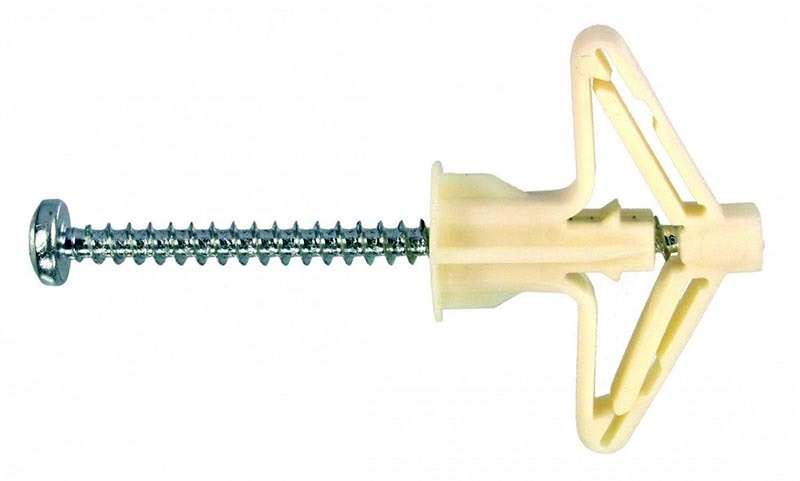
However, do not think that the use of universal dowel-nails of the "butterfly" type will save equipment or other heavy objects from falling. Each hardware has its own safety margin. After all, no one expects the strength of carbon steel from ordinary glass, right? Therefore, when fixing bulky and heavy objects, it is worth considering other fastener options that are more durable.
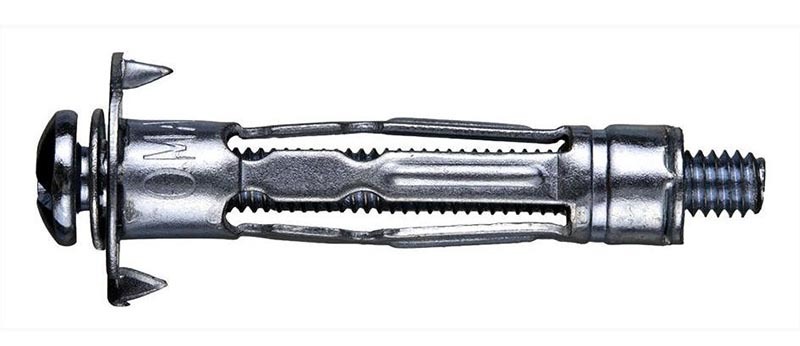
Universal dowel-nails "carrot"
This is probably the most interesting species listed today. At first glance, the "carrot" does not differ much from the usual two-blade spacer fasteners. And in monolithic concrete, such a dowel-nail behaves similarly, clinging to the walls of the hole. However, in voids or work with thin substrates such as drywall or plywood, it curls. It turns out a kind of knot, which is already extremely problematic to pull out.
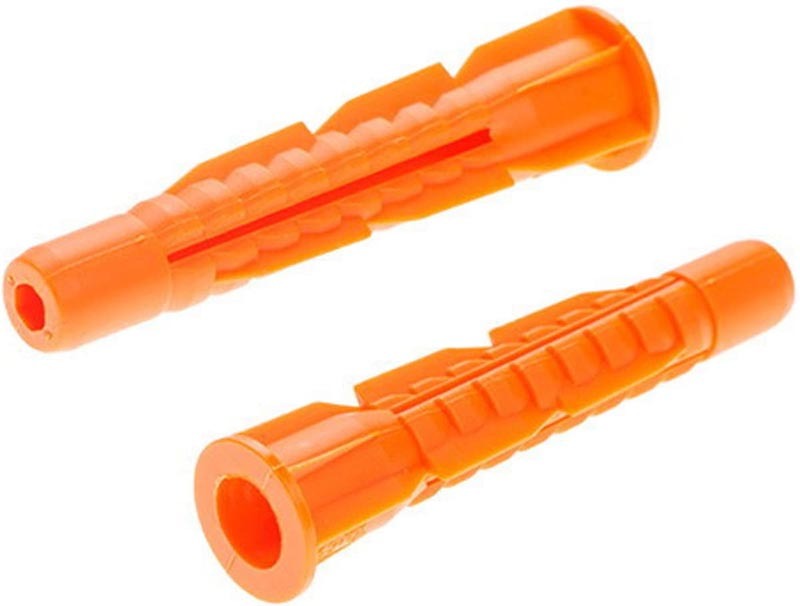
Despite the convenience of using such dowel-nails, they (as well as everyone else) do not like "bumpy" holes. That is why it is necessary to correctly select the size of the drill or drill, as well as monitor their condition.
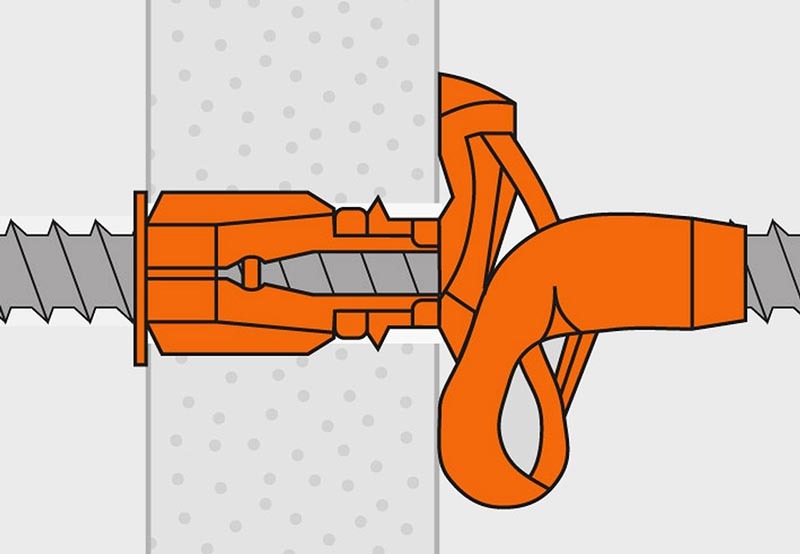
Finally
In fact, all nail dowels can be called the ideal solution for fastening to a wall, floor or ceiling. The question here arises rather about something else, namely, about the correct choice of this or that hardware for various materials. In addition to the density of the material, attention should be paid to its thickness, as well as to the weight of the element to be fixed, to the force with which it will press on the fasteners. Therefore, despite the seeming simplicity of buying dowel-nails, the choice should be approached with utmost care, taking into account all the nuances. Only in this case can you be sure that the suspended structures will not collapse.
We hope that the information presented by us today will be useful for home craftsmen. If you still have questions on this topic, ask them in the comments below. HouseChief editors will be happy to answer each of them as soon as possible. There you can also discuss the reliability of one or another type of dowel-nails or the quality of products from various manufacturers. If the article was interesting, do not forget to rate it. Your opinion is extremely important to us. And finally, we offer you a short video on today's topic for viewing. Take care of yourself, your loved ones and be healthy!


